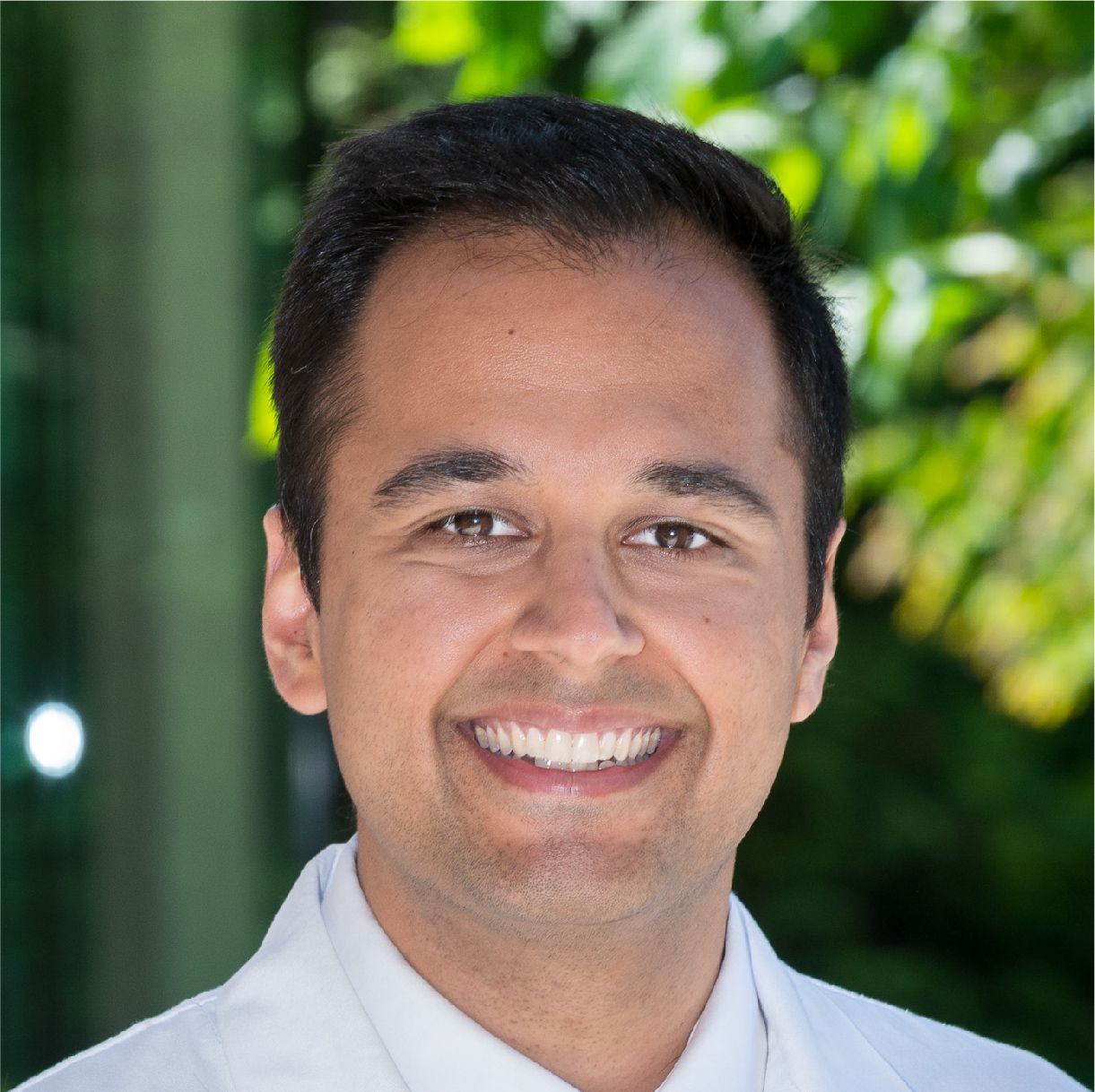Increasingly, medical school students begin their medical school experience one or more years after graduating from college. In fact, the average age of a first-year medical student is 23 or higher at the majority of institutions. However, the decision to opt for a gap year should not be taken lightly. A gap year can serve as a significant advantage, but it also carries several potential drawbacks.
 Anubodh “Sunny” Varshney
Anubodh “Sunny” Varshney
Top Factors to Consider When Comparing Medical Schools
Selecting a medical school is a significant decision, as the program you attend may play a key role in determining your career path. Whether you are completing final interviews or simply starting the application process, below are several factors to consider when comparing potential medical schools.
Location
The majority of applicants have a reasonable idea of the type of setting they would like to spend four years. In general, medical schools can be in urban and suburban settings. They are rarely rural. However, realize that the area a medical school is in affects more than your personal life and cost of living. Different geographic regions will expose you to different patient populations and disease processes. If you are extremely passionate about working with certain patients (e.g., the under-served urban poor), then take location heavily into account when choosing a program.
5 Strategies to Make the Most of Your MCAT Studying Efforts
For an exam as important and comprehensive as the MCAT, it’s vital to do everything you can to prepare in the most effective and efficient manner possible. Below are five strategies to maximize the value of your MCAT studying efforts.



